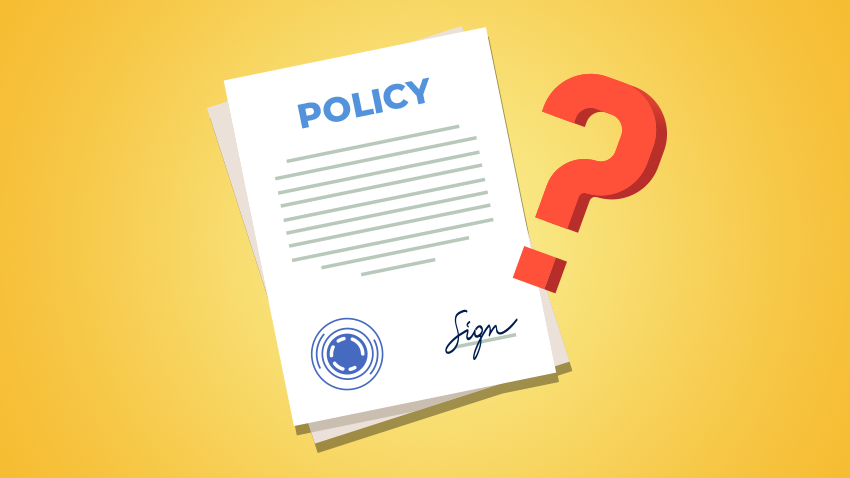At pretty much any organization, you can’t throw a rock without hitting a policy or procedure that needs to be reviewed and signed off on. Sometimes, those policies and procedures are all lying around in huge binders, and shifting from a big ol’ binder to digital documents is a step in the right direction! But is that really the best way to train?
The Data Doesn’t Lie
Recently we conducted some data analysis for a client on their PDF training events. In this particular instance, the company had over 200 documents for their learners to review and acknowledge. Not so surprisingly, the report showed that the average time spent on these documents was less than 3.5 minutes.
The point of any policy is that you’re trying to change behaviors. But if you’re only making information available in one format, then you might just be focusing more on the signatures you’re collecting, and less on the change you’re wanting to create. Simply uploading documents to your LMS and having learners digitally acknowledge them does not always resonate in the way that will work best for the majority of your learners. What about the rest of your population that learns more effectively when content is presented in a more visual or practical way?
Switch It Up!
Try changing up the way you’re presenting content to get that lasting impact that a static document can’t provide! Here are a few ways you can make this change happen:
- eLearning: This might seem like a no-brainer, but taking a document and reimagining it into a more interactive and immersive experience can help learners better visualize and comprehend content.
- Video: Let’s say you have a policy that all employees must scan their badge when entering the building and should not “piggyback” (let other employees in behind them that have not scanned their badge). If you take that policy, pull out the main points, and turn that into an engaging video (whether it be real-life, animated, whiteboard, or something else), you’re now visually demonstrating the policy’s importance, and you can provide additional critical context. You could still have learners review the policy document afterwards to capture their acknowledgement, but the potential to retain the information is more likely to happen than if they were to simply look at the document for 3 minutes and move on.
- Mentoring: Depending on the content you’re training, peer mentoring opportunities can be a great way to utilize a hands-on approach. Use the information in the document to create an on the job style training event, having the learner either demonstrate skills to a peer or even shadow a peer and then collaborate on how they interpret the information. If your LMS has an on the job workflow, or if you’re connected to a Learning Record Store (LRS) through xAPI, that is even better!
- Post-Assessments: If you truly are unable to completely switch your training format out of PDF format at this moment, you could still add in interactivity and critical thinking through assessments. Have the learner review the document, then complete a short assessment to test if they retained the information. This way, you’re still getting them to apply what they just learned.
Remember Your Brand, Too
These are just a few ways you can take your static documents and turn them into engaging training events. Remember that it’s not just the content you’re conveying through your training either, this is also how your learners are experiencing and interacting with your brand. The more you can do to ensure your training is hitting the mark, the more you’re doing justice for the brand you want to communicate and portray.
What other ways are you switching up your learning to make sure you are continually improving? Leave a comment below!


